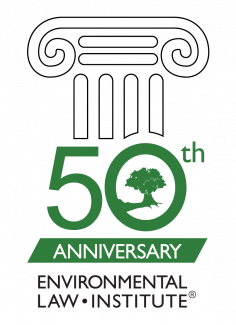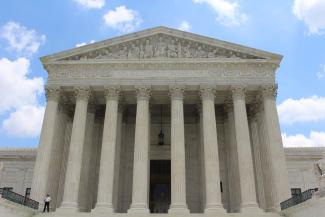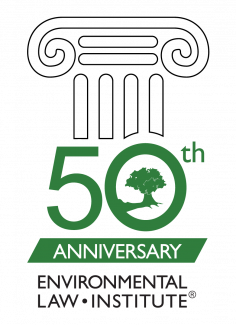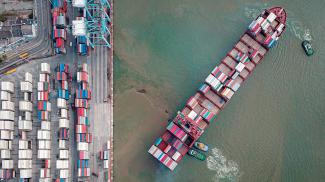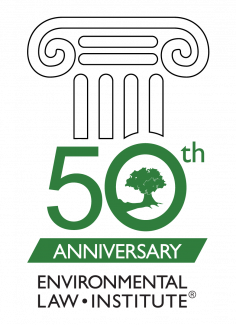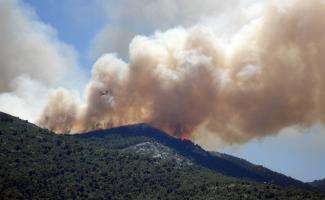Climate Gentrification and Resilience Planning: What Is at Stake for At-Risk Communities?
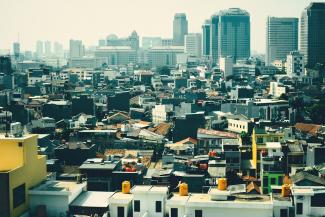
It is estimated that over 800 million people will be at risk from the impacts of rising sea levels by 2050, concentrated among 570 coastal cities across the world. Some of these cities have already started to experience the impacts of sea-level rise and storm surges, which has catalyzed efforts by governments and individuals to begin preparing for more projected effects.

